Below is a travel packing checklist. This should help you pack for any trip. Just vary it as you feel depending on where and when you are travelling.
Travel Essentials
Passport
Visas
Tickets (Air/Accommodation/Tours/etc)
Travel Insurance
Vaccination Certificate
Itinerary
Smart Phone
Notebook
Small pen to fit in money wallet
Addresses/phone numbers (including embassies)
Money
Cash in the local currency of your arrival destination
Cash in $US, $A, $C, GBP, EURO, etc
Credit cards (Visa and MasterCard are the most widely accepted)
Money belt
Medical Kit
Make sure that you have prescriptions for any medicine that is being taken. Also, check that the medication is legal in the country you are entering. Your medical kit should contain the following:
Band aids
Compression bandages
Cotton buds
Cotton wool
Antiseptic Powder
Hydralyte (for rehydration)
Cough and Cold Mixture/Tablets
Tea Tree Oil (micro bottle)
Gastro Stop – for Diarrhoea
Gauzes
Hydrogen peroxide (spray bottle)
Tweezers
Iodine (or Betadine)
Motion sickness tablets
Paracetamol
Antibiotics – for Giardia
Antibiotics – for Diarrhoea
Thermometer
Clothing
Clothing should be able to be layered, lightweight and quick drying so that it can be used in the variety of weather conditions that you may encounter. Research the weather and climate of the destinations you will be travelling before you go. Don’t bring clothes that need to be ironed. Down jackets are good as they can be stuffed in to pack. Good walking boots make the trip much more pleasurable if there is a lot of walking involved. With walking boots it is a matter of going into an outdoor shop and testing the boots out.
Men and Women
Walking Boots (waterproof)
Shoes
Sandals
Socks Woollen or Synthetic (+inner socks)
Underwear
Thermals
Swimming costume
Trousers
Jeans
Shorts
Shirts
Long sleeve shirts
Waterproof fleece vest
Woollen Jumper
Goretex Jacket
Down Jacket
Hat
Sunglasses
Belt with hidden compartment
Women Only
Bra (sports and regular)
Dresses
Safety pins
Sarong /Sari /Kikoy
Scarf
Skirts
Toiletries
There are a variety of lightweight waterproof toiletry bags available these days that make it easy to carry your toiletries.
Men and Women
Comb or brush
Contraceptives
Contact lens equipment or glasses
Dental floss (small size)
Deodorant
Shaver
Razors
Shampoo and conditioner
Shaving cream (in tube)
Soap (small travel size)
Sunscreen
Travel Toothbrush
Toothpaste (small travel size)
Women Only
Lip balm
Make-up and Mirror
Tampons and pads
Moisturiser (face and body)
Useful Travel Accessories
Camera – plus SD cards, charger and spare batteries
Combination locks (keys can be lost) and chains
Day pack
Dry sack (if doing water activities)
Waterproof cases (for phones or tablets)
Universal electrical adapter
Portable Power Unit (if travelling to areas without power)
Guidebook
Phrase book and/or dictionary
International driving license (obtain from your automobile association)
Mosquito net
Water Purifiers (if travelling somewhere remote)
Insect repellent (with DEET)
Passport photos
Silicone bottles (for keeping food or toiletries)
Travel pillow
Travel organisers
Sleeping bag & mat
Silk sleep sheet (keeps out dust mites and bed bugs)
Swiss army knife (with the lot)
Small torch
Travel towel
travel umbrella
Waterproof watch with alarm or small alarm clock
Hand sanitiser
Pegless clothes line
Needle
Pack of waterproof cards (transcends languages)
Luggage tags (to quickly identify your luggage on the carousel)
Sunglasses (plastic for cold climates)
Specialist Needs
Glasses and spare set
Hearing aids and spare batteries
Travelling with Children
Milk bottle for baby
Baby food
Baby powder
Backpack baby carrier
Wet wipes
Bibs
Changing mat
Children’s books
Children’s pain reliever (Panadol)
Doll or toy
Extra clothes
Lollies for in planes – take off and landing
Disposable nappies
Sun hat
General
Ensure that all gear does not exceed 20kgs per person (less if your flights have lower weight limits). If you can manage 10kgs, then you may be able to carry on your luggage. If you have breakables, pack them in socks and clothes. Stuff sacks, travel organisers and compression sacks can be useful in making more use of the space available.
Remember to pack light. If you can’t carry it don’t take it
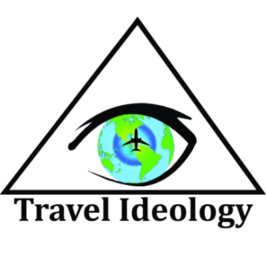

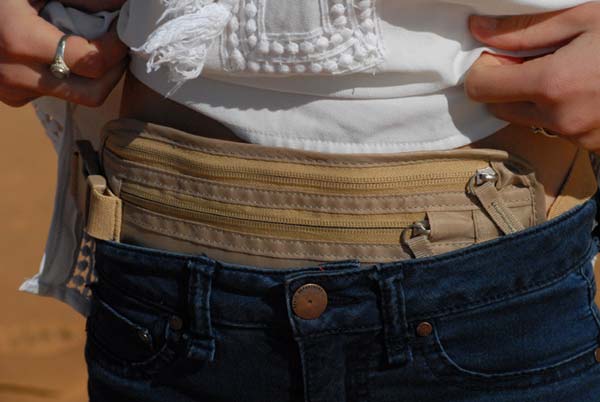
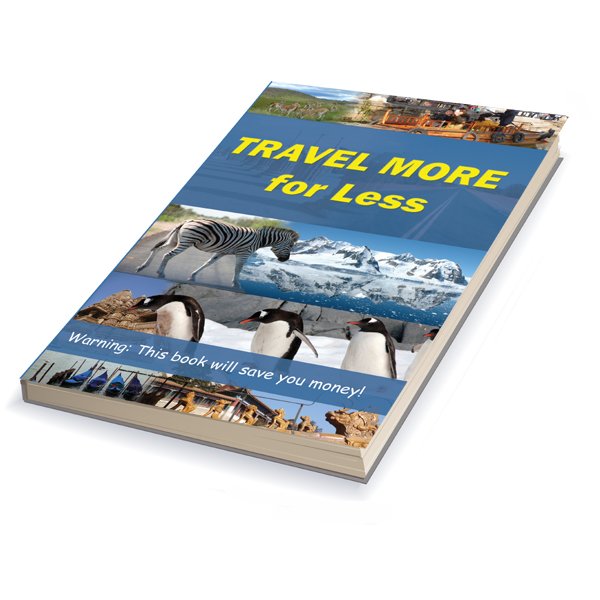
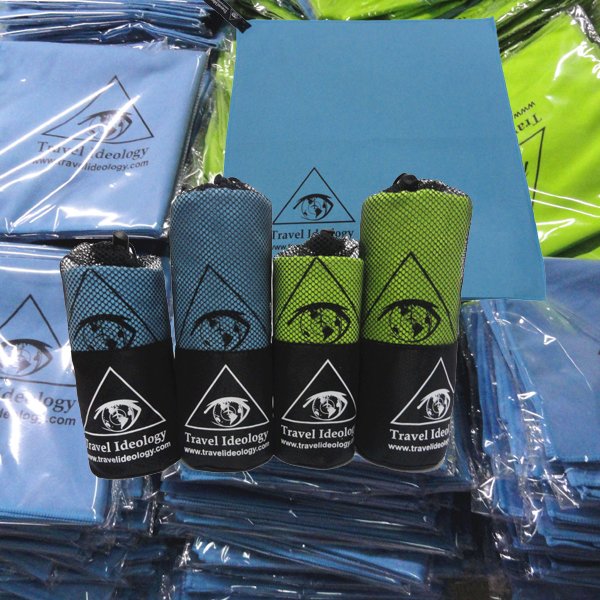

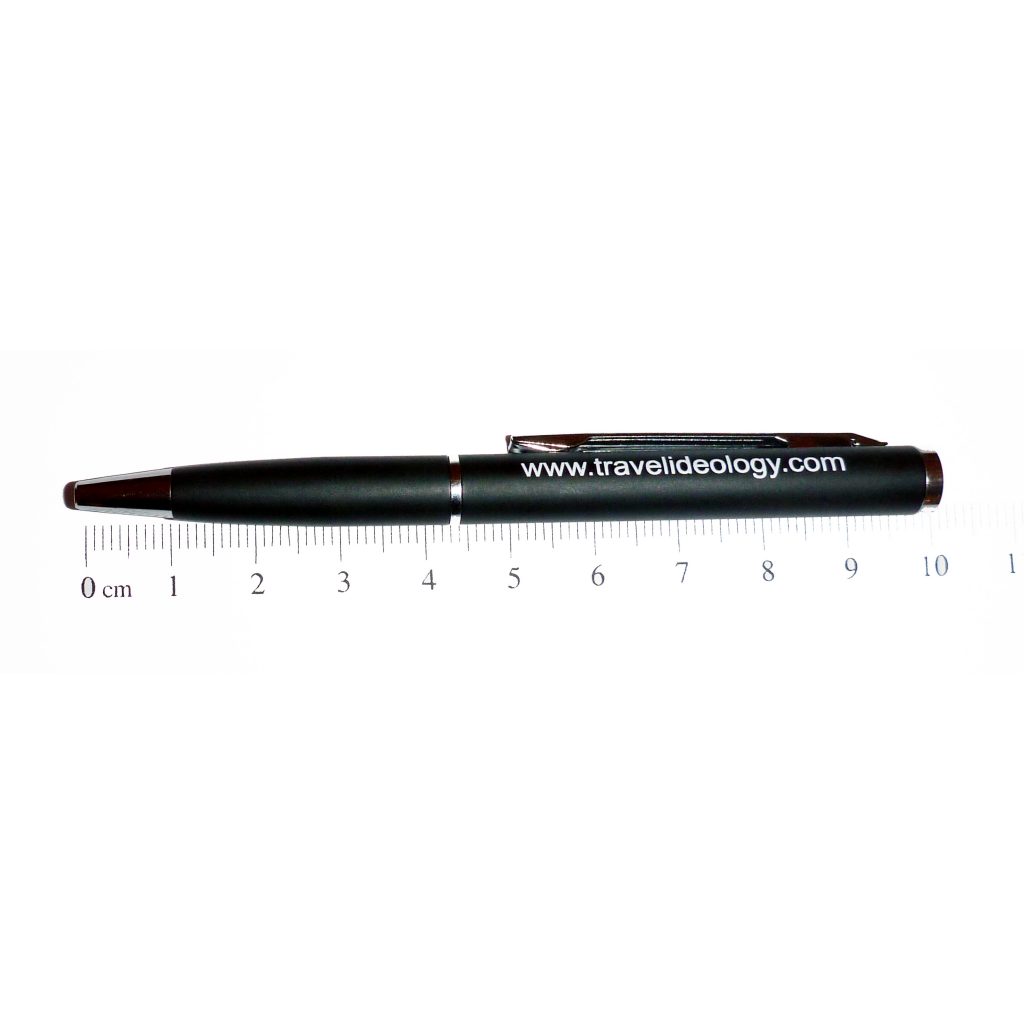
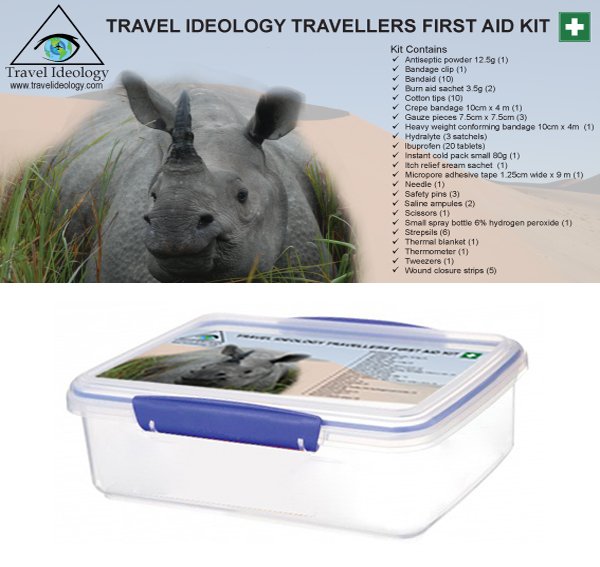

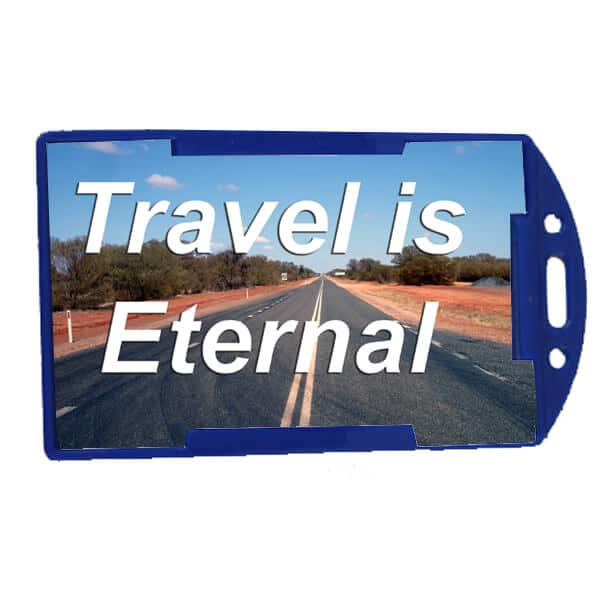





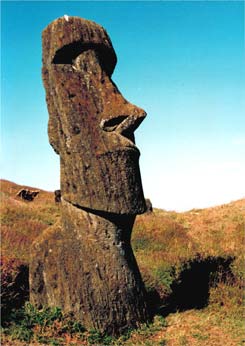 Easter Island is a drop in the middle of the Pacific Ocean. It is 3600km from Chile mainland and 4200km from Tahiti. This makes it possibly the most remote spots in the world. Not only that, it is a remarkable land where most things are imported and is one of the most amazing and famous archaeological sites in the world. Due to its remoteness it also offers an attitude of ingenuity. When I was there I saw a car that was made almost entirely from wood. It is a fascination for history buffs and underwater vulcanologists alike. Getting there is by plane from Tahiti or Chile.
Easter Island is a drop in the middle of the Pacific Ocean. It is 3600km from Chile mainland and 4200km from Tahiti. This makes it possibly the most remote spots in the world. Not only that, it is a remarkable land where most things are imported and is one of the most amazing and famous archaeological sites in the world. Due to its remoteness it also offers an attitude of ingenuity. When I was there I saw a car that was made almost entirely from wood. It is a fascination for history buffs and underwater vulcanologists alike. Getting there is by plane from Tahiti or Chile.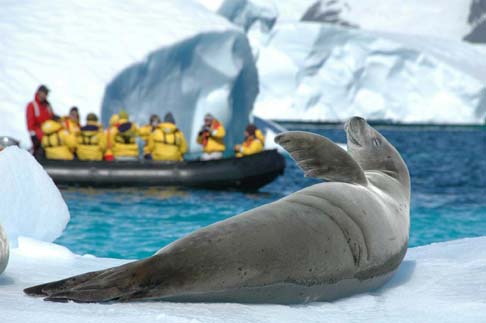 The Antarctic is one of the most pure places in the world. With an almost insignificant amount of pollution compared to anywhere else in the world, it is a remarkable place. However, it is the wildlife experiences that make it unique. Whilst the penguin populations and the accompanying smell can be overwhelming, it is the encounters with seals and whales that will be found in few other places in the world. Whilst kayaking I was fortunate to watch as three humpback whales swam under my kayak, eyeing me as they did. Getting there is normally by a 24 hour+ cruise or research vessel from Australia, New Zealand, Argentina or Chile.
The Antarctic is one of the most pure places in the world. With an almost insignificant amount of pollution compared to anywhere else in the world, it is a remarkable place. However, it is the wildlife experiences that make it unique. Whilst the penguin populations and the accompanying smell can be overwhelming, it is the encounters with seals and whales that will be found in few other places in the world. Whilst kayaking I was fortunate to watch as three humpback whales swam under my kayak, eyeing me as they did. Getting there is normally by a 24 hour+ cruise or research vessel from Australia, New Zealand, Argentina or Chile. Imagine a place where the language spoken is the incomprehensible Malagasy, you get off the small minibus for a meal break in a town with only dirt roads and less than half a dozen buildings. You enter the only restaurant and you are given a choice fish or beef – that’s it. When you get back on the minibus, you tread on a live chicken that someone has moved to the space where your feet went before you stepped off the bus. It is hot and humid, Africa hot and humid. The radio starts playing a song in French about the snow falling. The bus continues and we weave our way around the pot holes that overwhelm the road. The rain starts to inundate the road until the driver pulls to the side every so often when he can no longer see. It is pitch black apart from the lights from our vehicle. We spot some lights ahead. Men slept under shelters constructed of palm leaves with their heads dozing on tables lit by kerosene lamps. Getting there is via Africa or Mauritius.
Imagine a place where the language spoken is the incomprehensible Malagasy, you get off the small minibus for a meal break in a town with only dirt roads and less than half a dozen buildings. You enter the only restaurant and you are given a choice fish or beef – that’s it. When you get back on the minibus, you tread on a live chicken that someone has moved to the space where your feet went before you stepped off the bus. It is hot and humid, Africa hot and humid. The radio starts playing a song in French about the snow falling. The bus continues and we weave our way around the pot holes that overwhelm the road. The rain starts to inundate the road until the driver pulls to the side every so often when he can no longer see. It is pitch black apart from the lights from our vehicle. We spot some lights ahead. Men slept under shelters constructed of palm leaves with their heads dozing on tables lit by kerosene lamps. Getting there is via Africa or Mauritius.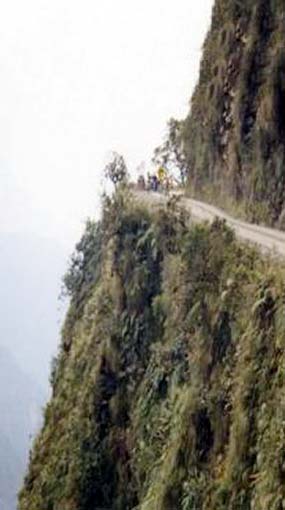 From La Paz at 6000 metres, I quickly descended “Death Highway”, where little crosses marked the roadside where a 300 metre drop had taken people’s lives. On the other side, a steep cliff rose to the heaven. Truck tyres often slipped over the side. At one point I shared the back of an open truck with a local who had contracted malaria more than 20 times. From the back of the truck, we had 360 degree views that included glaciers and rainforests, sometimes at the same time. The trucks headlights did not work and we limped our way to Rurrenabaque under the light of the full moon. Once there, the wildlife was amazing with swarms of king parrots and monkeys chuckling in the trees. However, trying to get out was a little more difficult. I had a week to get back to Sydney. The only two ways out were via a military airline that crash landed the day before or back up the “Death Highway”. Getting there is by normally by plane via North or South America and then a 2+ day drive or a flight on a military airline.
From La Paz at 6000 metres, I quickly descended “Death Highway”, where little crosses marked the roadside where a 300 metre drop had taken people’s lives. On the other side, a steep cliff rose to the heaven. Truck tyres often slipped over the side. At one point I shared the back of an open truck with a local who had contracted malaria more than 20 times. From the back of the truck, we had 360 degree views that included glaciers and rainforests, sometimes at the same time. The trucks headlights did not work and we limped our way to Rurrenabaque under the light of the full moon. Once there, the wildlife was amazing with swarms of king parrots and monkeys chuckling in the trees. However, trying to get out was a little more difficult. I had a week to get back to Sydney. The only two ways out were via a military airline that crash landed the day before or back up the “Death Highway”. Getting there is by normally by plane via North or South America and then a 2+ day drive or a flight on a military airline.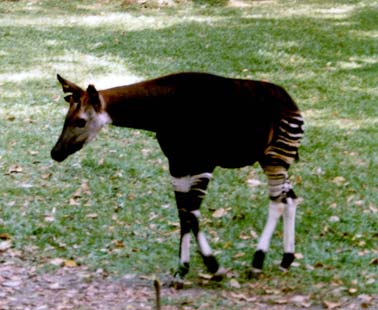 Imagine an animal that looks like a cross between a giraffe and a zebra? Well you’ve probably never heard of an okapi. However, it really does exist in Zaire. You want to trade empty containers for food or see some of the biggest populations of hippopotamus, Zaire is your getaway place. Getting there is via a flight from South Africa or Kenya to Kisangani and then a 5 hour overland drive to the park.
Imagine an animal that looks like a cross between a giraffe and a zebra? Well you’ve probably never heard of an okapi. However, it really does exist in Zaire. You want to trade empty containers for food or see some of the biggest populations of hippopotamus, Zaire is your getaway place. Getting there is via a flight from South Africa or Kenya to Kisangani and then a 5 hour overland drive to the park.